Online Psychotherapy
And its Impact on the Body Approach
Mara Luiza Vieira Ceroni | Brazil
Abstract: Information and communication technologies (ICTs), which are digital, networked and available to shorten distances and optimize time, are entering the therapeutic setting. The body in the era of liquid modernity (Bauman 2000) is inserted in a context where machines have become an extension of the self.
These second nature relationships can be positive or negative. There has currently been a whole controversy on this subject. Garcia (2016) says that everything depends on how the articulation between humans and machines take place. For the creator of the term “Cyberspace” (Gibson,2003), this is a place where one goes with the mind, catapulted by technology, while the body is left behind. Do bioenergetic analysts know how to make this articulation and keep the body present in the techno Sphere? We receive "uncompleted subjects" in our clinics. We could raise several hypotheses for this phenomenon, but our focus here is on how to approach these subjects, whose main character trait is the absence of a protective armor to confront the outside world. Are they battling themselves? Are they hiding behind a computer screen?
Faced with the increasing number of people communicating virtually and participating in activities that occur in this virtual space, it becomes urgent to discuss new ways of looking at this body and dealing with it through these new technologies. Recent research about the effectiveness of online psychological interventions is mainly done in cognitive behavioral therapy (Sethi et al. 2010).
As several authors are dedicated to studying the online territory and its impacts on identity and behavior, Cyber psychology was created to explain its risks and constraints. Questions become unavoidable: should mobile devices be excluded from psychological treatment? Can online therapy be included in the reality of Bioenergetic Analysis? The present study describes a combination of online and onsite interventions and discusses them through the lens of the body approach.
Get the full PDF document .![]()









![Online Psychotherapy [EN]](/images/Award_Vieira.png)


